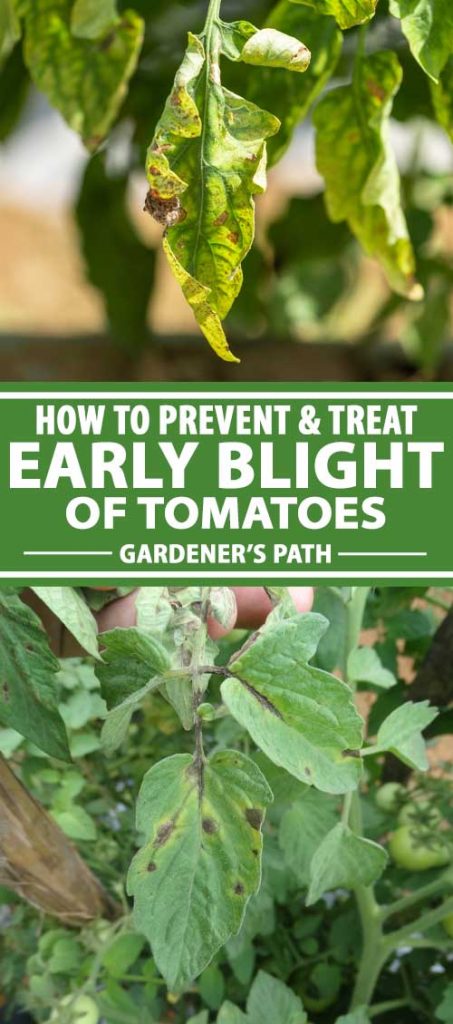

What is tomato blight? It’s a series of recurring fungal infections that can be curtailed with good garden housekeeping and simple fungicide treatments. Remove all plant debris at the end of the growing season so the spores have nowhere to over winter. Use healthy transplants from a reliable nursery and remove damaged lower leaves regularly since that’s where most fungi attacks begin. Rotate crops as often as possible and never turn any tomato debris back into the soil. Most fungi grow best in the warm, wet dark. Avoid watering in late afternoon or evening so that water can evaporate from the leaves and, if possible, water the ground and not the foliage. Stay away from the garden while foliage is wet from dew or rain. Use fungicides before the fungus appears and they should be applied regularly throughout the season.įungus spores are spread by splashing water. After identification, tomato blight treatment begins with fungicide treatments, although when it comes to tomato blight, solutions really lie in prevention. Once a blight on tomatoes takes hold, it’s very hard to control. Burn everything the fungus may have touched. All potatoes should be dug and disposed of as should all tomato plants and fruit affected by this tomato blight. This is the blight that caused the Great Potato Famine of the 1840s and will quickly infect any potatoes planted nearby. Infected fruits show brown, crusty patches and rot quickly. It attacks in rainy weather with cool nights and quickly infects fruits. Pale green, water soaked spots on the leaves quickly grow into purplish-black lesions and stems turn black. Late blight is the least common blight on tomatoes, but it is, by far, the most destructive. To prevent tomato blight from invading next year’s crop, burn everything the fungus may have touched including fruit and foliage. Because the crop is almost ready for picking, this may be the most disappointing tomato blight. Black spots on the almost ripened fruit turn into large bruised spots and the fruit begins to fall. Rings resembling targets develop first on the leaves and cankers soon grow on the stems.

Solutions to the problem include watering only at the base of plants, and avoiding the garden while foliage is wet.Įarly blight appears after heavy fruit set. Overall, it is the least harmful tomato blight. While fruits may remain uninfected, the leaf loss can affect yield as well as exposing the fruit to sunscald. It usually appears at the end of July with small black or brown marks on the lower leaves. Septoria blight, also called leaf spot, is the most common blight on tomatoes. What is tomato blight? It’s actually three different fungi that attack tomatoes in three different ways at three different times. What is tomato blight? Blight on tomatoes is caused by a fungal infection and like all fungi, they are spread by spores and require damp, warm weather conditions to flourish.


 0 kommentar(er)
0 kommentar(er)
